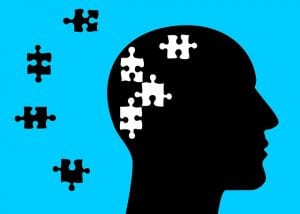Living Diagnosis for Brain Injury on the Horizon

Image courtesy of Pixabay.
Brain injury has been a hot topic of conversation since Dr. Bennet Omalu, a forensic pathologist, conducted the autopsy of Pittsburgh Steelers center Mike Webster in 2002. The autopsy led to his discovery of a new disease that he named chronic traumatic encephalopathy, or CTE.
CTE is the term used to describe brain degeneration likely caused by repeated head traumas. Symptoms of CTE include difficulty thinking, impulsive behavior, depression, short-term memory loss, emotional instability, substance abuse and suicidal thoughts or behavior. At present, diagnosing CTE can only be done after death. In order to help those with the disease we must be able to diagnose the living.
New research suggests that a PET scan – positron emission tomography – can identify a pattern of abnormal proteins in the brain associated with CTE. Here’s how it works:
Patients are injected with a molecular tracer (FDDNP). The radioactive substance binds with the abnormal proteins in the brain and appear on PET scans. PET imaging is used to observe metabolic processes in the body as an aid to the diagnosis of disease.
Caveats about this research
- The sample size of this study was small – only 7 subjects. That means that the study is not large enough to make any definite conclusions about this diagnostic tool.
- There is no control group. A study of this type would generally have a control group that does not receive treatment. The control is used as a benchmark to measure how the other tested subjects do.
These limitations may mean that there is something else that is driving the disease that researchers haven’t been able to identify.
Research is continuing, and scientists believe a reliable test is a few years away, but the initial results suggest that the scan could be useful in identifying CTE in not just athletes who have suffered from head trauma, but also military personnel suffering from blast injury, survivors of domestic violence, and possibly other brain injuries and diseases.

















